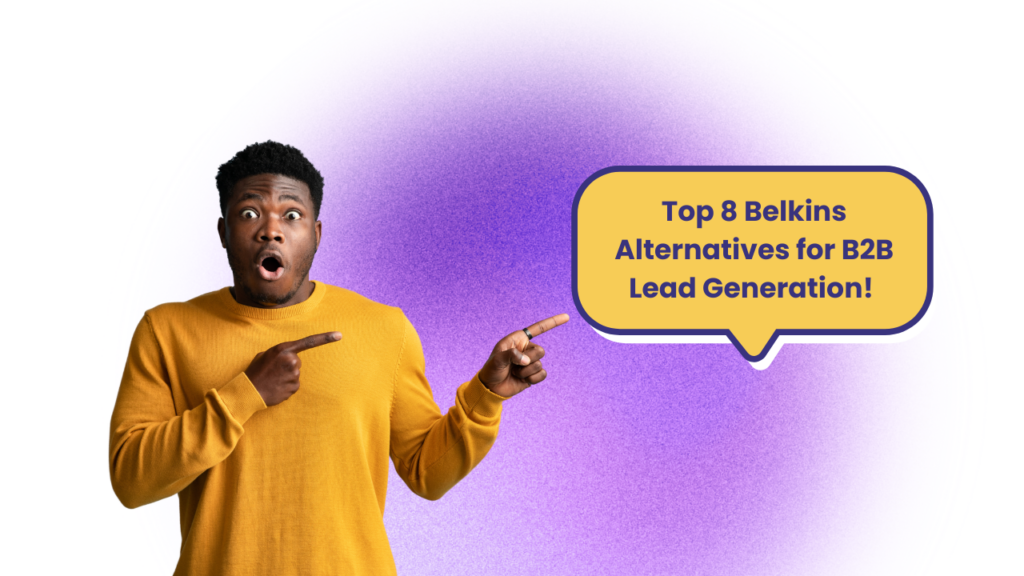According to Gartner, sales reps in the B2B domain have roughly 5% of their buyers’ time in their buying journey, which makes it crucial for them to utilize every opportunity to connect with potential customers in an effective, personalized manner. Yet a significant chunk of B2B outreach companies do lately is salesy and non-personalized.
That’s exactly where B2B intent data comes into the picture. It not only helps B2B sales reps personalize outreach at scale, but also gives them clear insights into which companies need the product or service.
But what is it and how can you use it to 2x your outreach ROI?
This article guides you through the importance of B2B intent data, what it is all about and how you can use it to deliver more targeted and cost-efficient B2B campaigns.
Let’s dive right in.
What is B2B Intent Data?
Intent is a critical element in B2B outreach. Why? Because you want to reach out to individuals who not only have a high buying intent but are also in active search of solutions that your product or service can provide.
B2B intent data analyzes their online behavior and content interactions to identify not just current needs but also predict future purchasing behavior. This enables B2B sales and marketing teams to understand accounts better, personalizing their outreach campaigns for maximum effectiveness.
By combining prospect signals with intent data, you can get a clear view of customer behavior and use those insights to the company’s advantage.
With B2B prospects well ahead into the buyer’s journey (at a whopping 67%), sales reps can focus on closing the deal by aligning the prospect’s intent with their solution.
How Does B2B Intent Data Work?
Understanding B2B intent data goes beyond the surface level. It captures behavioral indicators and patterns (including specific topics or keywords) from multiple platforms and channels to deliver insights with an astonishing level of granularity.
These insights can power various organizational functions, such as:
- ABM (Account-Based Marketing): With granular intent data, you can hyper-target accounts showing the highest propensity to buy.
- Lead Generation: Enhance the quality of your lead funnel by segmenting intent-rich prospects.
- Sales and Marketing: Deploy intelligent marketing campaigns and arm your sales team with data-driven insights.
It’s worth noting that while some companies offer real-time intent data, others do so with a gap of a few days/hours, depending on the data collection methodology being used.
What are Intent Signals?

Intent signals are indicators or cues that show a prospect’s level of interest and intent to purchase. These could be actions like keyword searches, social interactions, or engagement with specific types of content. They’re integral to understanding what is intent data and how to leverage it for outreach strategies.
B2B intent data is an aggregation of these intent signals. It captures and analyzes a multitude of these signals to generate a comprehensive profile of a potential customer’s interests, needs, and stage in the buying journey.
For example, if a prospect is reading multiple blog posts about “cloud storage solutions,” it could indicate a high intent to purchase cloud storage services.
That being said, by systematically tracking & interpreting these intent signals, B2B intent data can provide a powerful resource for sales teams to target prospective clients in an accurate, personalized manner.
How is intent data collected?
B2B intent data is derived from the digital footprint left behind by prospects as they engage with content across various online platforms. Whether it’s reading online reviews, perusing news articles, or conducting product comparisons and research, these actions are meticulously logged and monitored.
According to a study by Forrester, up to 74% of B2B buyers conduct more than half of their research online before making a purchase. This massive online engagement provides a rich source of intent data that can be used to gain actionable insights.
The collection of this data happens continuously, allowing intelligent systems to build a baseline of a company’s average content consumption habits. The baseline is constructed by considering multiple metrics such as the time spent on a page, the number of unique users visiting the page, and the overall duration of their stay.
Additionally, the volume of content consumed is also considered.
The algorithms then detect anomalies or spikes in activity around specific topics, indicating higher than usual interest or intent.
This ability to differentiate between routine and heightened activity helps businesses to focus their outreach efforts more effectively.
Types of B2B Intent Data
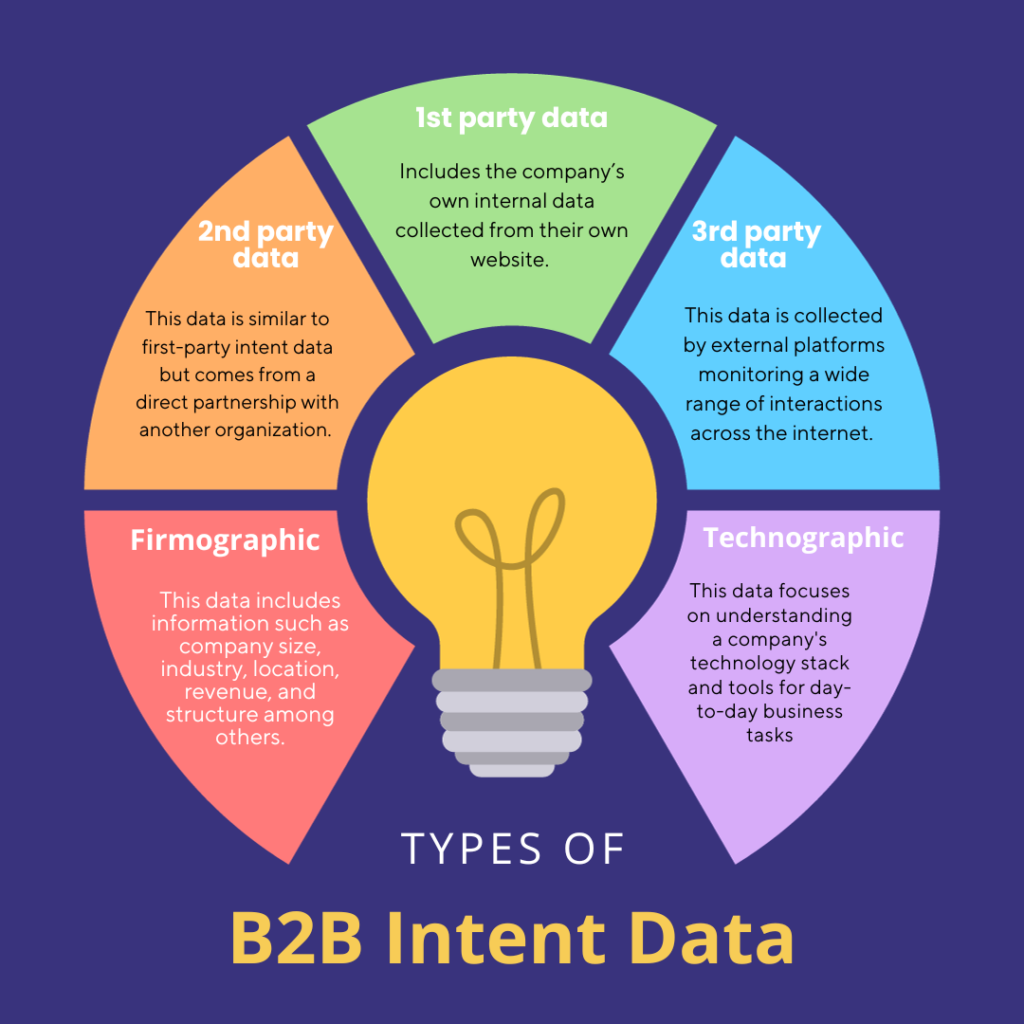
There are mainly 3 types of B2B intent data, each with their own benefits and drawbacks. Here’s a quick overview of each:
- First-party intent data: This usually includes your company’s own internal data, captured by tracking the activities on your website alongside insights sourced from your marketing or sales automation platform. It is also referred to as ‘engagement data’ and can be an effective indicator of intent.
Under first-party data, you can analyze things like which page a prospect is on, how they’re engaging with your content and the time spent on your website.
With first-party data, you have more control over the nature and method of data collection, provided you follow the relevant GDPR rules.
- Second-party intent data: This data is similar to first-party intent data but comes from a direct partnership with another organization. For instance, if you co-host a webinar, the data you gather on attendee behavior would be considered second-party intent data for both organizations involved.
With B2B into the picture, a lot of second-party intent data comes from review sites like G2 or Capterra.
- Third-party intent data: This type of data is collected by external platforms monitoring a wide range of interactions across the internet. It includes information on content consumption patterns, search behavior, and other engagements that happen outside of your owned channels. This data is often purchased from vendors and can offer insights into a prospect’s interests and intent beyond your own ecosystem.
That being said, there are further classifications when it comes to B2B intent data sources. Some of them are given below:
a. Technographic Data: Technographic data focuses on understanding a company’s technology stack—what software, platforms, and applications they use. According to a study by Datanyze, technographic data can reveal valuable insights into a company’s spending capacity, adoption of technology, and business priorities.
For instance, a business using advanced CRM software and analytics tools is likely more focused on data-driven decision-making. Knowing this can enable hyper-targeted and highly personalized outreach, enhancing your B2B intent data strategies.
b. Firmographic Data: Firmographic data includes information such as company size, industry, location, revenue, and structure. This type of data is crucial for segmenting your target audience and can be a significant part of your B2B intent data gathering.
You can also combine firmographic data with other types of B2B intent data to give you a 360-degree view of an organization’s business needs and potential for a conversion.
6 Ways to Use B2B Intent Data
There are multiple ways you can use B2B intent data in your day-to-day business functions. Given below is a detailed overview of how to best leverage B2B intent data effectively:
B2B Outreach
B2B intent data can supercharge your outreach efforts by focusing on prospects who are already in the research phase or display a heightened level of interest. As stated previously, a huge chunk of the buyer’s journey now happens digitally, making online behavior a critical aspect of sales prospecting.
Using B2B intent data allows sales teams to prioritize their outreach towards companies that have already shown interest, increasing the odds of conversion.
Lead Scoring & Account Prioritization
Lead scoring and account prioritization are vital aspects of sales and marketing alignment. They offer a quantifiable method to identify hot leads and high-value accounts, focusing the team’s efforts where they will be most productive.
Traditional lead scoring methods often rely on demographic and firmographic data, like company size, industry, and job title. While useful, these metrics miss the real-time activities that could indicate a lead’s or an account’s immediate interest in your offering. This is where B2B intent data comes in.
According to Marketing Sherpa, firms utilizing advanced lead scoring techniques that incorporate intent data see a whopping 77% increase in lead generation ROI compared to those not doing so.
Account-based Marketing (ABM)
ABM campaigns often rely on demographic and firmographic data to target accounts. While this data is important, it only gives a snapshot of an account’s static characteristics. What’s missing is the dynamic behavioral data that indicates what issues or solutions the account is currently interested in.
By leveraging intent data, marketing and sales teams can gain granular insights into individual accounts’ behaviors and needs. This information can then be used to craft campaigns that are not just personalized but hyper-personalized.
Personalization
Personalization goes beyond the prospect’s name in an email. With B2B intent data, you can craft messages that empathize with the prospect’s pains and constructively points them towards information that can solve those problems.
This makes your outreach hard to ignore, and prompts the prospect to respond to your email, thereby increasing the chances of conversion.
Rather than sending out a generic email that doesn’t highlight the account’s current needs, you can capture their attention with a personalized message that leverages B2B intent data to its full potential.
Targeted List Creation
Creating targeted B2B lead lists is another extremely important use case for B2B intent data. Under this, you put together a list of target accounts into the data platform based on your ICP, leveraging technographic and firmographic data and then combining it with relevant buyer intent data to determine the likelihood of a purchase.
This is quite useful since B2B intent data can save both time and resources for the company, while also reducing costs.
Sales enablement
B2B intent data is a game-changer for sales enablement, providing companies and sales teams with valuable insights into the interests and behaviors of potential customers. By tracking online activities such as website visits, content downloads, and keyword searches, B2B intent data offers a window into the digital footprints of businesses and decision-makers.
This information equips sales teams with a deeper understanding of their prospects’ needs, pain points, and readiness to engage.
Armed with intent data, sales teams can prioritize leads effectively and time their interactions to when prospects are most receptive, ultimately boosting conversion rates and revenue.
Benefits of Using B2B Intent Data
From reducing sales cycles to boosting conversions, the benefits of using B2B intent are immense. Here’s a quick overview of some of the most noteworthy ones:
- Enhanced Account-Based Marketing (ABM): Intent data allows for precise targeting in ABM campaigns. Sales and marketing teams can identify not only high-intent leads but also prioritize accounts showing collective intent. This results in more focused and effective outreach efforts aimed at entire organizations or specific industries, increasing the chances of landing high-value deals.
- Reduced Sales Cycle Length: B2B intent data accelerates the sales cycle by providing insights into where prospects are in their buying journey. Sales teams can tailor their interactions accordingly, moving leads through the pipeline more efficiently. For instance, if intent data indicates that a lead has recently visited the pricing page and downloaded a product datasheet, it signals a high level of interest, prompting a timely follow-up.
- Lead Scoring and Segmentation: B2B intent data can be integrated into lead scoring models, allowing businesses to assign scores based on the level of intent displayed by prospects. High-intent leads can be fast-tracked for immediate follow-up, while those with lower intent can be nurtured over time. This segmentation ensures that resources are allocated appropriately, optimizing lead generation efforts.
- Predictive Lead Generation: Intent data is helpful for predicting which accounts or industries are likely to have an increased demand for a product or service. By analyzing historical intent patterns, businesses can proactively target sectors that are showing signs of growing interest.
For instance, a cybersecurity company can identify industries with a surge in “ransomware protection” searches and target them with relevant solutions.
How to get B2B intent data?
One can easily get started with sourcing B2B intent data by adopting any of the following methods:
- Website Analytics: Analyzing your website traffic can provide valuable intent data. Tools like Google Analytics can show which pages are frequently visited, which content is downloaded, and how long visitors stay on specific pages.
For example, if you notice a surge in downloads of a whitepaper on “AI in Marketing,” it may indicate a strong interest in that topic among your audience.
- Content Engagement Metrics: Monitoring engagement with your content, such as blog posts, webinars, or ebooks, can reveal intent. Look at metrics like click-through rates (CTR), time spent on page, and the number of social shares.
A high CTR on an email campaign promoting a webinar on “Blockchain in Finance” suggests intent from recipients interested in that subject.
- Keyword Research: Conduct keyword research to identify industry-specific keywords that are trending or showing increased search volume. Tools like Google Keyword Planner can help uncover keywords related to your products or services.
For instance, if “SaaS cybersecurity solutions” is gaining traction, it indicates a potential demand for such solutions.
- Social Media Listening: Utilize social media listening tools to monitor conversations and discussions related to your industry or niche. Platforms like Hootsuite or Mention can help you track brand mentions, industry trends, and user sentiments.
If you notice discussions around “Supply Chain Optimization” growing on social media within your target market, it may signal intent.
- Data from Marketing Automation Platforms: Marketing automation platforms like Marketo or HubSpot often provide intent data as part of their features. They track interactions with emails, website visits, and engagement with marketing campaigns to gauge intent.
For instance, if a lead repeatedly opens emails about “Cloud Migration Services,” it suggests an interest in that solution.
It’s important to note that the two most effective ways of obtaining B2B intent data securely and reliably are to either use specialized B2B intent data tools or partner with a company that can source and provide the data in an up-to-date manner.
These approaches ensure access to accurate and actionable intent data for more effective B2B marketing and sales strategies.
Top 5 B2B Intent Data Tools
Intent data tools offer a streamlined, automated method to acquire, analyze, and manage B2B intent data. These software applications are game-changers in amplifying your outreach and personalization efforts.
Given below is a list of the top 5 intent data tools and how they can help ramp up your B2B sales and marketing efforts:
ZoomInfo

ZoomInfo is considered as one of the most renowned B2B intent data tools in the market, offering B2B sales teams with actionable intent data and automated workflows that can integrate seamlessly with your existing tech stack. It also allows users to enrich their existing customer records using high-quality intent data and firmographic information.
With ZoomInfo, you also get the flexibility of integrating various webhooks, connectors and APIs to ensure you’re only receiving the latest data.
Leadfeeder
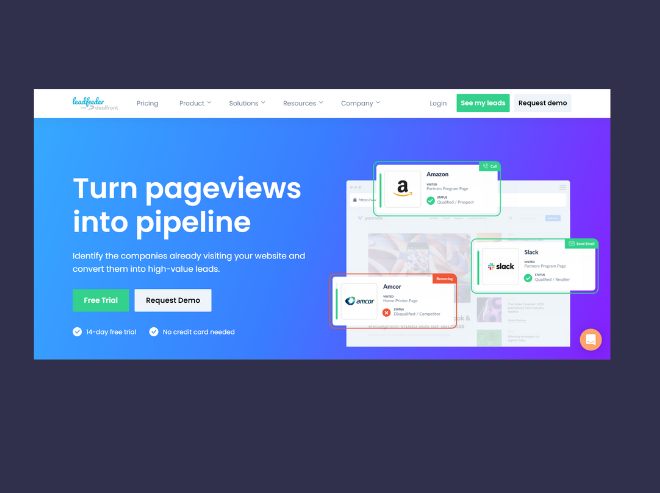
Leadfeeder is yet another famous intent data tool that allows users to analyze companies that visit your organization’s website. Apart from this, you can also leverage the tool to dive deeper, using it to analyze the prospect’s behavior while integrating with your CRM in a jiffy.
The service also allows you to apply multiple filters, sorting companies based on different criteria to zero-in on the exact type of prospect as described in your ICP.
DemandJump
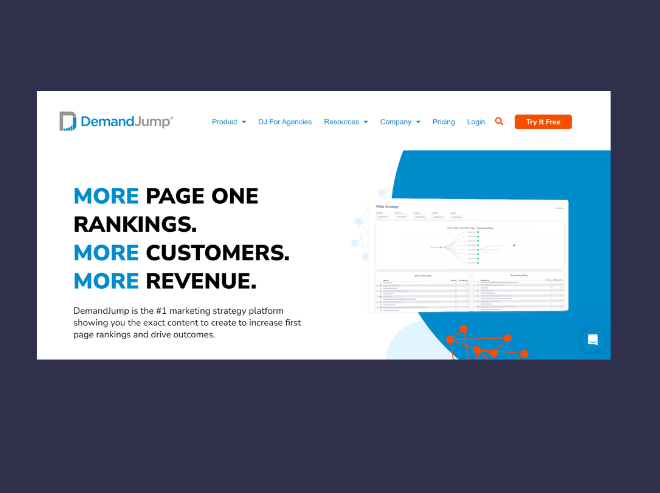
DemandJump is a popular marketing attribution and intent data tool helping sales teams understand the actions of their prospective customers and competitors alike. The tool also gives you a close insight into the next steps your prospect needs to take in order to achieve better results.
With the base plan of the software starting at $99/month it is one of the most affordably-priced B2B intent data software applications in the market right now.
Cognism
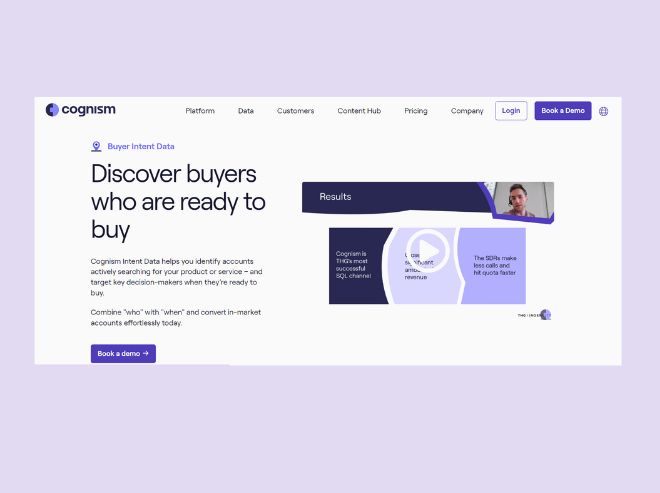
Cognism is a popular sales intelligence application with embedded intent data offered by Bombora. Using the tool, sales teams can help you find organizations under your ICP with realistic intent for purchase, enriching the intent data with key decision-makers and their contact information for granularly-targeted prospecting.
You can also create personas and generate lead lists based on the intent data integrated with the platform to power your outreach efforts.
G2 Intent
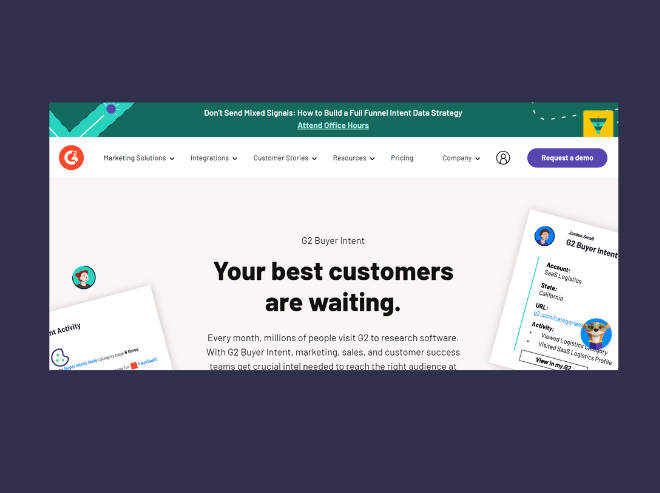
G2 Intent is one of our personal favorites when it comes to B2B intent data. Known for their software directory, the company also offers B2B intent data services by tracking your website visits and the type of people who are accessing it. The data is segmented into different groups, and the platform notifies you in case an existing customer is considering a switch to your competitor.
You also get in-depth information about your competitors, allowing you to personalize your sales pitch and counter specific objections. With easy integrations into your sales stack, users can even set up automated workflows to retarget warm buyers or sync the data into their CRM.
Transform Your Outreach Game With B2B Intent Data
Finding and connecting with qualified prospects has been one of the toughest challenges for any B2B marketing and sales team. With intent data, things are slowly changing – giving B2B businesses far greater visibility into their prospects’ behavior and the actions they perform before making a purchase decision.
If you’re a B2B business looking to leverage the power of B2B intent data for your outreach, Cleverviral can be of help. We’re big on leverage intent data, and can assist you at every step of the way – from sourcing premium B2B intent data to using it in your outbound systems.
Get in touch now!
Frequently Asked Questions
What is intent data used for in B2B marketing?
What is an example of intent data?
Each of these activities – articles read, website visits, e-book downloads and social media interactions constitutes a piece of B2B intent data.
What are intent data tools?
These tools help sales and marketing teams identify high-value prospects and tailor outreach strategies, thereby improving the effectiveness of B2B campaigns.
